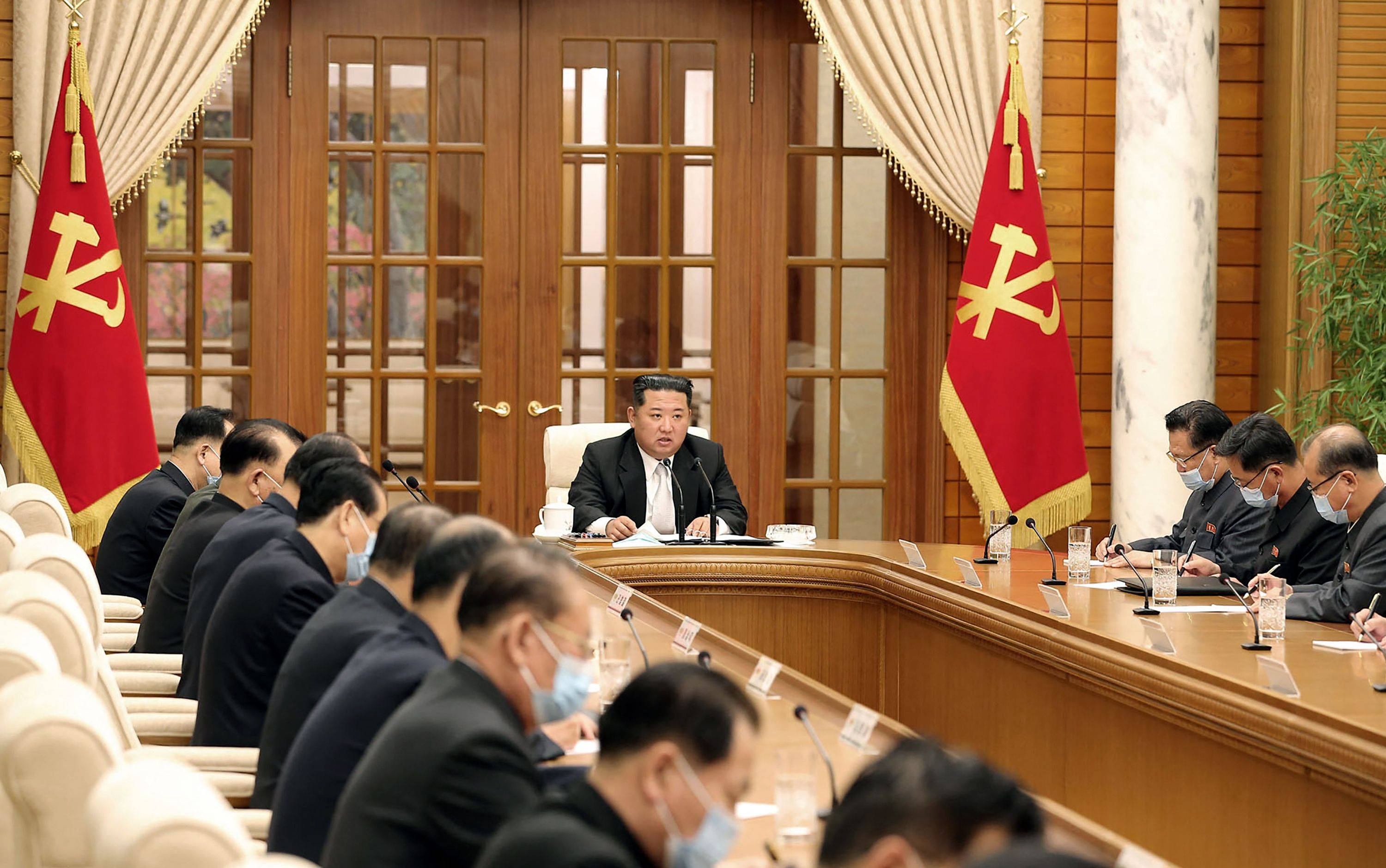North Korea fired three ballistic missiles into the Sea of Japan on Thursday, the Defense Ministry in Tokyo said, in an apparent show of strength after the isolated country reported for the first time a COVID-19 outbreak.
The launches were the latest in a record-breaking series of weapons tests this year and came ahead of a planned visit to South Korea and Japan next week by U.S. President Joe Biden.
The Defense Ministry said the three short-range missiles had hit a maximum altitude of about 100 kilometers, traveling about 350 km before falling into waters outside Japan’s exclusive economic zone, which extends 200 nautical miles (370 km) from its coast.

















With your current subscription plan you can comment on stories. However, before writing your first comment, please create a display name in the Profile section of your subscriber account page.